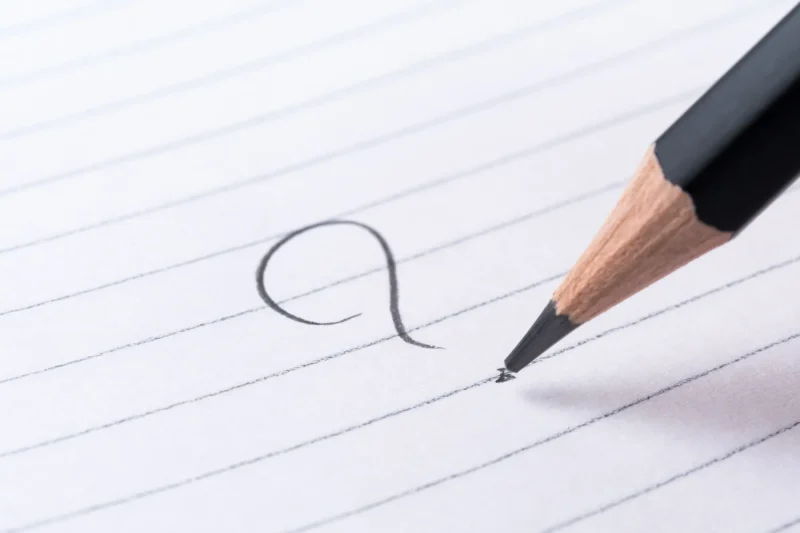Watching your child grow and develop is exciting and challenging in almost equal measure. In their earlier school years, your child learns how to read and write, an area that shapes more than their academic future. While easily overlooked, handwriting is among the skills you should pay attention to and help your child improve. It might not be on top of your mind, but learning the sign and considering Alliance handwriting evaluations is essential for your child’s overall development.
There is more to your child’s handwriting than meets the eye. The handwriting reflects their performance and product. The product is how the handwriting looks, including legibility and neatness. The performance considers how the handwriting is achieved, including how the child holds the pencil, writing speed, and any pain or discomfort experienced.

Mechanics significantly impacts performance and product in handwriting. Mechanics means the movements that facilitate writing, including from the shoulder, elbow, wrist, and fingers. The movements determine the pencil support, fluency, and the child’s endurance. It further touches grip, finger control, strength, sensory processing, and positioning. With such consideration, handwriting is more complex than placing a pencil on paper and making out letters and numbers.
Signs of handwriting problems
Should you take your child for handwriting evaluation, or are they still learning the art? Among the signs your child might have a problem includes:
1. Hands swaps
Is your child still swapping hands when writing or drawing, even after the first year in school? Your child should have a preferred hand for the writing tasks by now. If the hand swaps have not subsided or significantly reduced, it is a sign they are struggling.
2. Untidy writing

Your child has learned numbers and letters, but their writing is not consistent, more so considering their peers. Letters that look reversed, inconsistent sizes, and spacing between the letters/words are among the signs your child has a handwriting problem.
3. Pencil grip
Does your child hold the pencil differently from what they are taught at home and school? This is a grip concern, meaning they can’t master a strong enough hold. The poor grip slows the child’s writing progress.
4. Slow writing
If your child struggles to draw letters compared to their peers, they have a handwriting problem. The problem could be their motor skills. Improved motor skills facilitate smooth and careful movements, speeding up the writing process while drawing legible letters.
5. Lack of interests

If your child avoids or does not seem as interested in writing, it might be a confidence issue. They can lose interest if they don’t feel confident, especially if their writing is not as advanced as their peers.
If you have spotted any of the signs, handwriting evaluations can help. The evaluations can pinpoint the problem and help your child develop. The improvement process could be as simple as using:
- Papers with colored, raised tactile, bold, or dotted lines
- Pencil grips
- Angled writing boards
- Chunky pencils, to mention a few
Your child could benefit more by working with an occupational therapist in some instances. The therapist helps your child improve their hand strength, pencil grip, and hand-eye coordination. With the growing strength and motor skills, your child will have an easier time improving their handwriting, allowing them to produce a neat product.
Helping your child improve their handwriting goes beyond their academic performance. Do not ignore it; contact PediaPlex to learn more about how to improve your child’s handwriting, and its long-term impact on your child.


